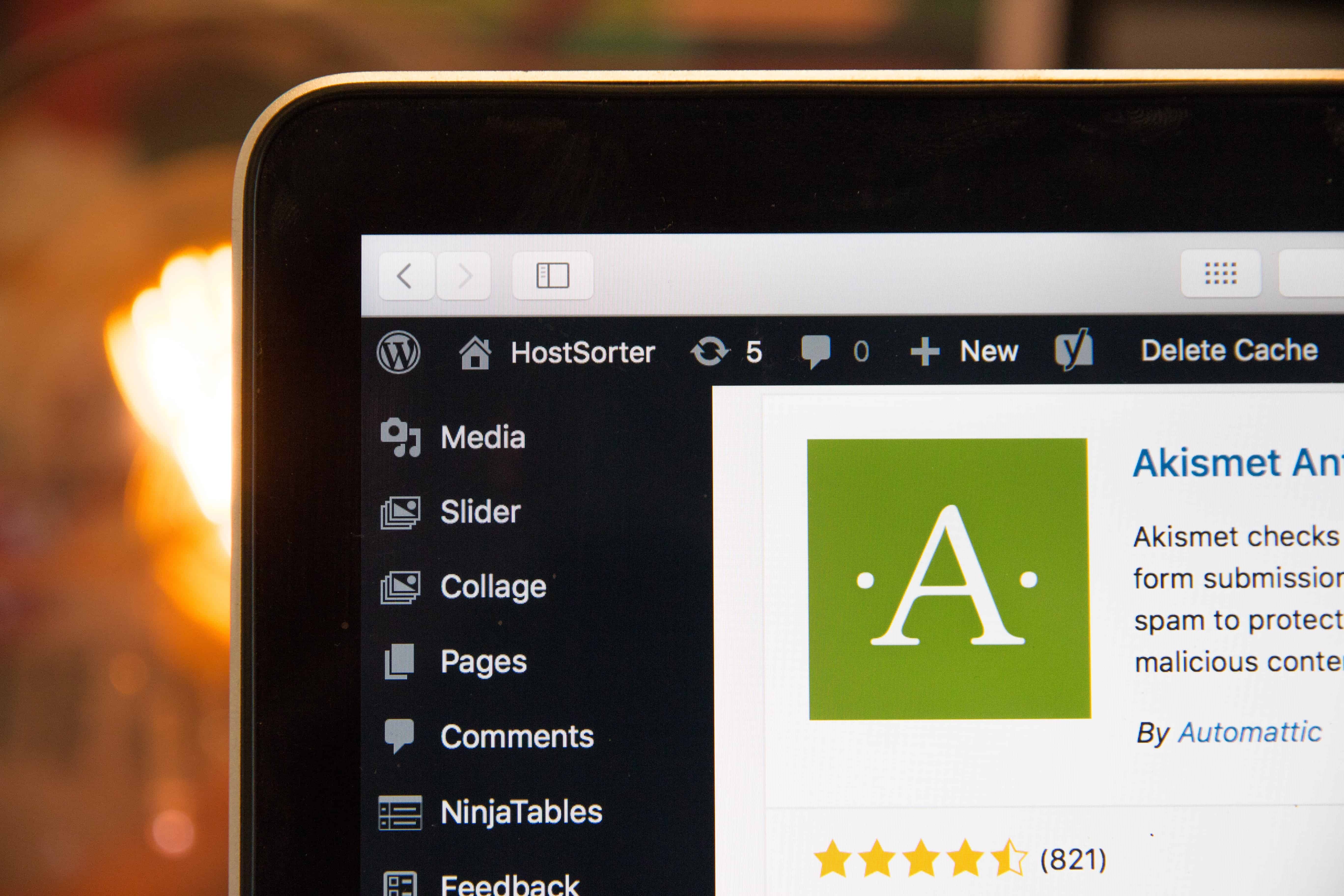Got a pretty site with a great web design? That might attract new visitors but it won’t do you much good in the long run. People will leave a page if it takes too long to load. Even Google’s algorithms favor sites that load quicker than others.
If you want to stay relevant online, you need to improve your speed score.

But how can you do this without sacrificing design quality and content? Don’t fret, we’ve got a guide ready for you. Read on and find out more today.
How to Improve Your Site’s Speed Score
So, if you want to make your website stand out, you need to improve your site’s speed score. Here are some tips you can use:
1. Enable Browser Caching
When you enable caching, you’ll improve your website’s speed while giving a more rewarding experience to your visitors. Caching is a process that stores static files like HTML documents, media files, images, and other file types. For easier access, you should unzip files beforehand. It’s done to make it easier and faster to access, eliminating the need for the database to retrieve each whenever there’s a new request.
Take note, the more requests your website server gets, the more time it will take for the site to load. With caching enabled, your visitors’ computer gets the elements on your web page downloaded and stored on their hard drive. That helps them load the web page much faster the next time they visit since it doesn’t need to send an HTTP request once more.
But this method only benefits your repeat visitors since first-time ones won’t have a cached version of your website. It still helps since it will decrease your page load time from 2.4 to 0.9 seconds. It happens since the repeat visits will dramatically reduce the number of components downloaded for the website to load.
2. Remove Unneeded Plugins
Every plugin installed on your website will need resources to run. This will make your website slower since they’re hogging the resources you’d otherwise use for optimizing your speed. Check your website and look for plugins that you find unnecessary or unused for a long time.

After finding these plugins, either deactivate them or delete them. Neglecting to do this will cause your website to crash and suffer from security issues. But it’s important to know that the quality of plugins is also important since there are times when specific plugins hog more resources.
For example, social media sharing plugins will impact your load time a lot. That’s why you should embed these buttons into your website theme’s source code. With this in mind, you need to stay away from plugins that have lots of scripts and styles.
If you have lots of these heavy plugins, you risk them making a lot of remote requests and overwhelming all your website pages. Try keeping it only to those that contribute to your website’s functionality. Even then, only keep those that you find absolutely necessary.
3. Minimize HTTP Requests
Another factor that might be slowing down your website is the sheer number of HTTP requests. When people visit your website, they will request certain files. They use the HTTP protocol to request those files from your server.
If you have a lot of HTML files, CSS files, and JavaScript files, the number of HTTP requests increase as well. The ultimate result is that your website becomes bogged down. That’s why it’s necessary to decrease HTTP requests as much as you can.
A good way to start this is by combining your CSS, JS scripts, and HTML files. Whenever you can, use CSS instead of images and decrease the number of elements on all your web pages. Most of all, you need to reduce redirects since they make more HTTP requests to your server.
4. Enable HTTP Keep-Alive
Your users’ browser will ask the server for permission to download files from your server. The inefficient part is that it will do this for each individual file. This process will take up a lot of bandwidth and memory, using more processing power in the process.
With this, your server will get a lot of load and your website will slow down. A good way to make your website faster is to enable HTTP Keep-Alive. This helps make a single open connection for more than one file request to your server.
With Keep-Alive, the server will enable the users’ browser to download different files at the same time. It lessens the load on the server, saving a lot of bandwidth since you limit the number of connections to your server.
5. Optimize Images
Your website images can take up a lot of bandwidth, depending on its size. Most unoptimized images will often have large file sizes, using a lot more server resources. It takes more time to load, slowing down your website as a result.
To fix this, you need to try reducing your image size without compromising its quality. Accomplish this by installing a plugin that helps with image compression. These plugins will ensure that your quality holds while decreasing server load.

Another alternative is to look for Mac-friendly PHP web hosts for your website. That ensures that your images and the overall website will load faster regardless of devices used.
Improve Your Speed Score Today!
There are a lot of other ways for you to improve your site’s speed score. That’s why there is no excuse for you not to start doing it as soon as possible. If you don’t know where to start, this guide will give you some basic steps without breaking your budget.
With an improved site speed, you’ll rank higher in search engines like Google. It will help people find you faster. This increases conversions and helps you gain more customers.
But why stop here? If you found this post useful, read more of our guides today.
